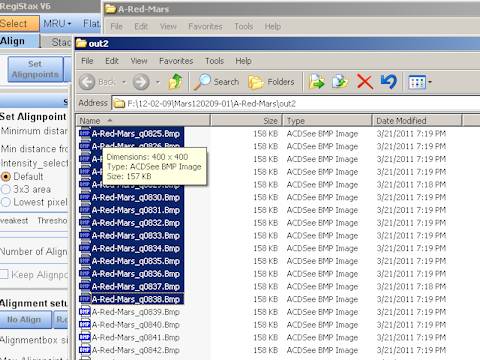

This tutorial will provide a starting point for further experimentation for those interested. However there is very little on the web regarding the use of this program for processing photographic images, and I suspect it is because of the difficulty first time users have getting useable results. The settings I provide as a starting point are not the only way to do it – there are probably better ways. I will not attempt to explain the underlying theory of wavelet processing – I would probably get it wrong. From that point it is up to you to experiment and tweak the settings. This tutorial is intended to provide enough information for photographers wishing to experiment with Registax to get to a starting point that works, and sharpens their image acceptably. However I occasionally revert to Registax, especially with problematic images. Wavelet processing can be used on its own ie you do not need to stack and align multiple images in order to use the wavelet sharpening.Īs my camera equipment has improved, and the sharpening facilities provided by software such as Lightroom have improved I have been using Registax less and less simply to speedup my workflow. The examples on the web show a substantial improvement.


This single image can then be sharpened using wavelet processing to further improve the image. An AVI file obtained by a web cam for instance is a collection of jpg’s and these jpg’s can be processed by Registax to obtain a single high quality image. These techniques allow astronomers to obtain high quality images of planets, stars etc using relatively cheap equipment. Registax is a free program used by astronomers to stack, align and average multiple images such as would come from a web cam.

There is a steep learning curve, and it is not well documented (for photographers). I have been playing around with Registax for a number of years to sharpen images. Image Sharpening using wavelet processing in Registax


 0 kommentar(er)
0 kommentar(er)
